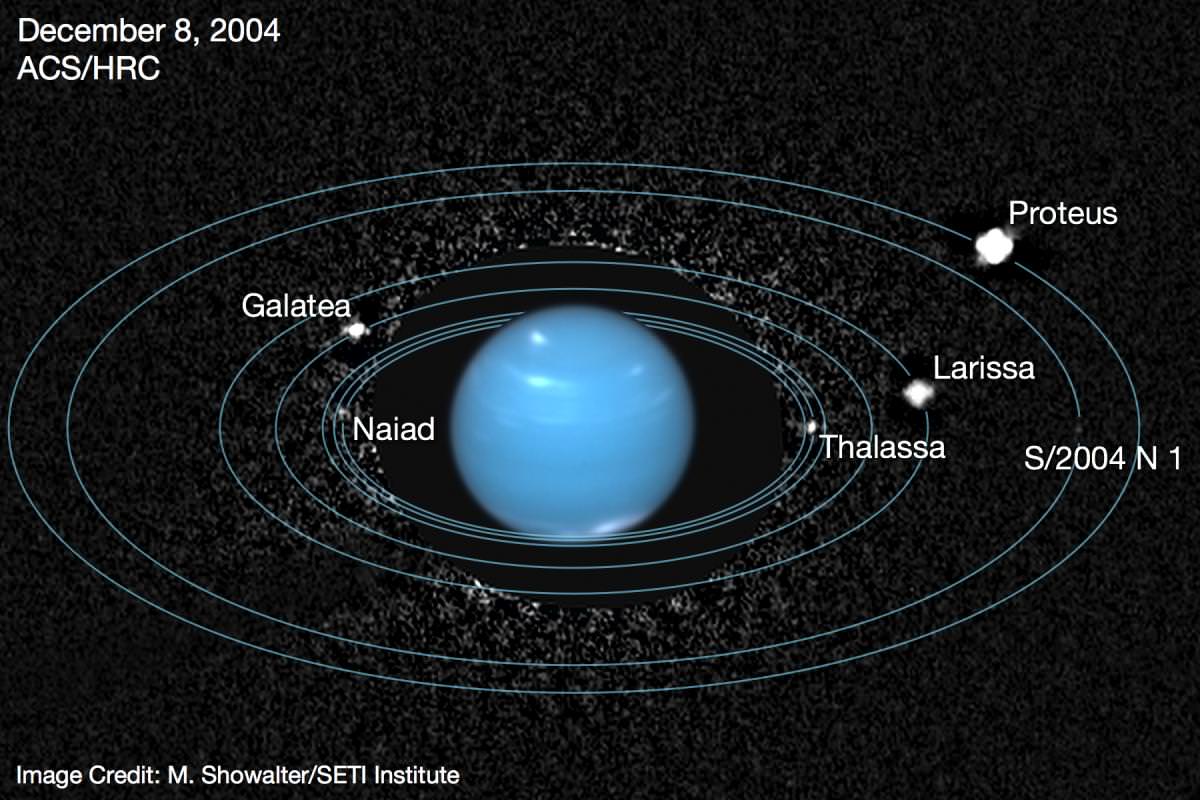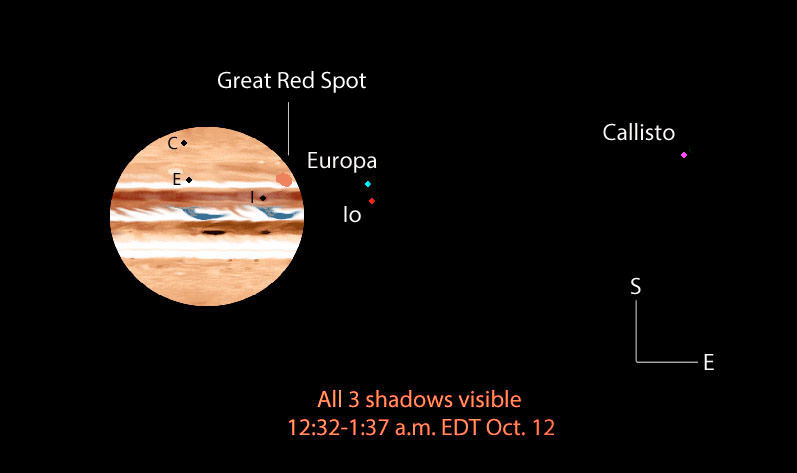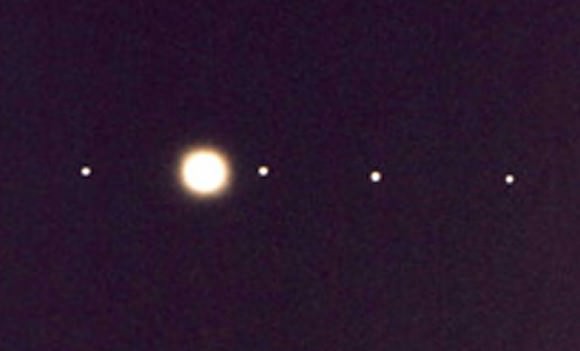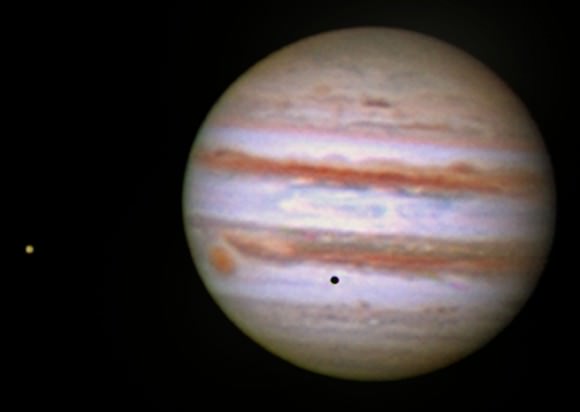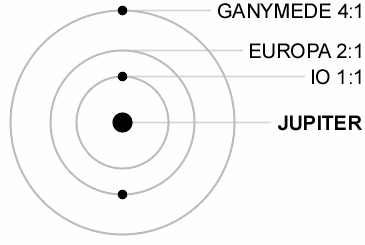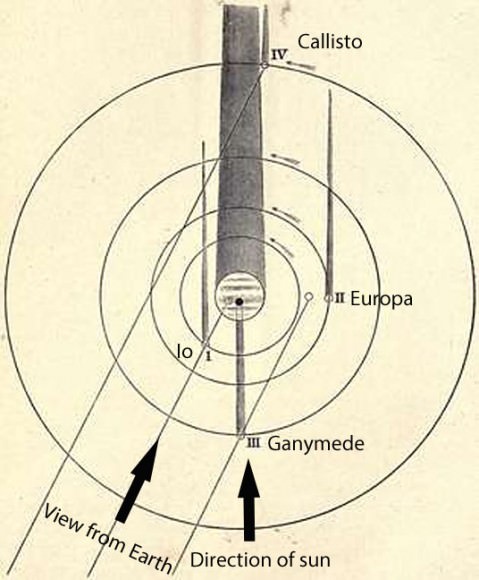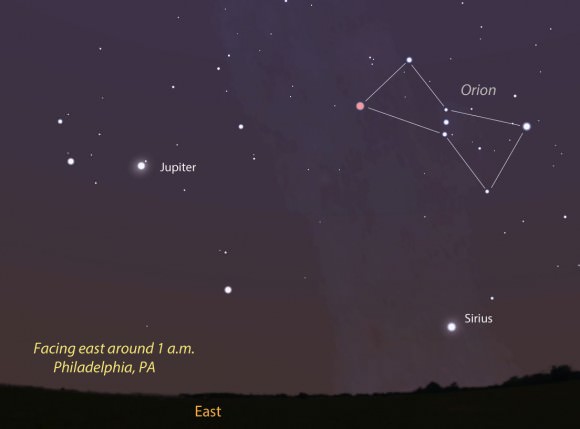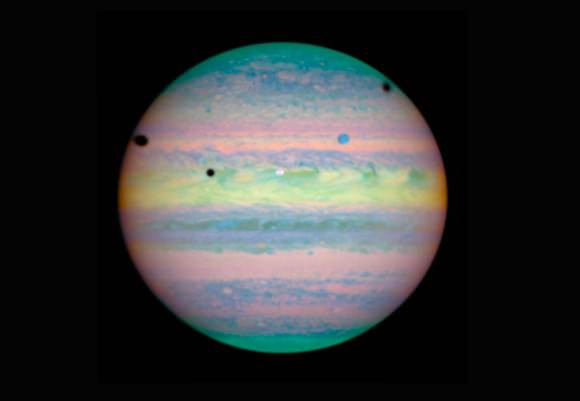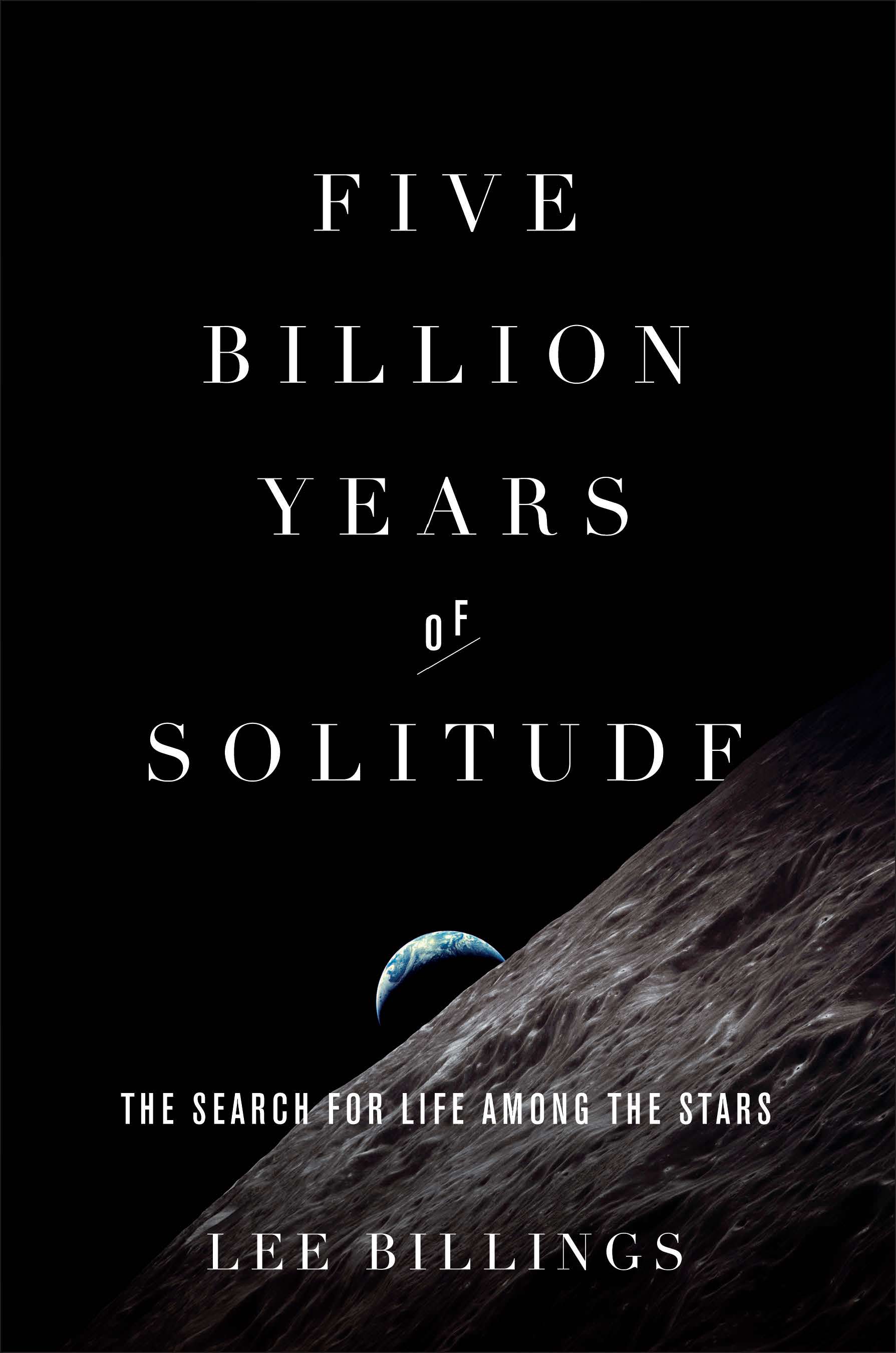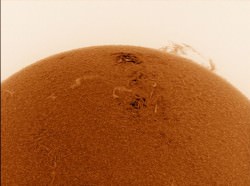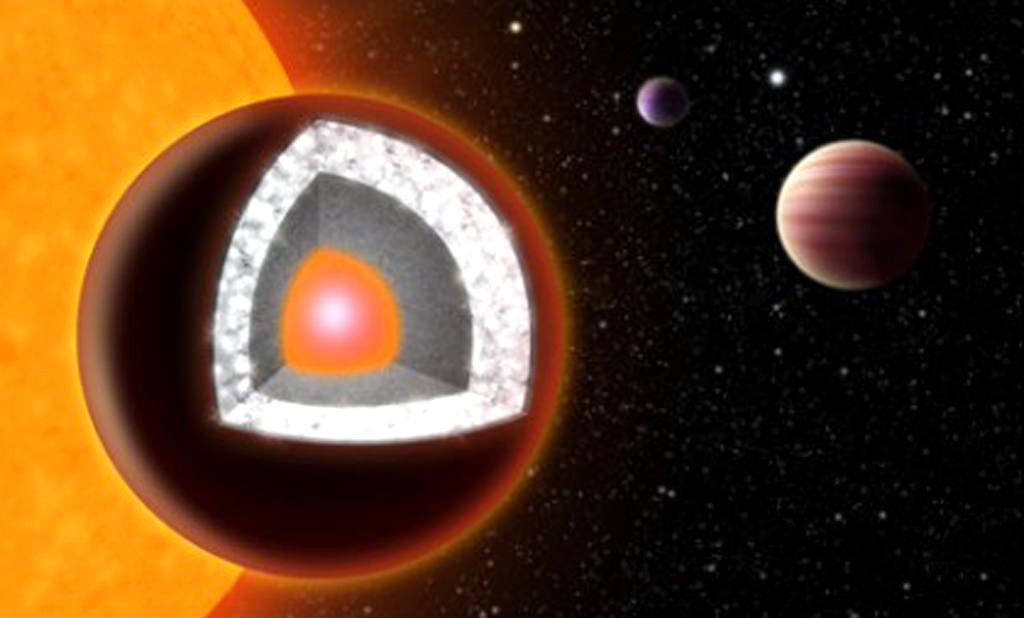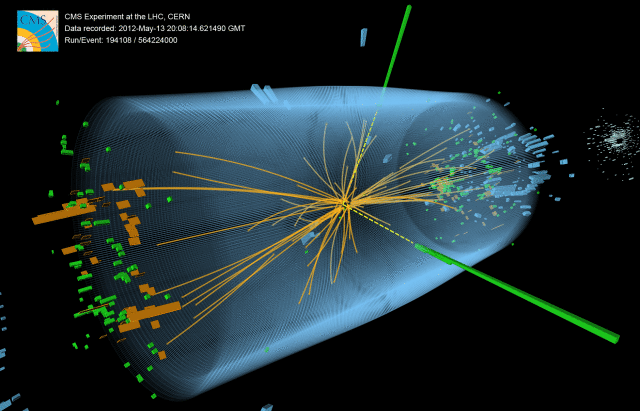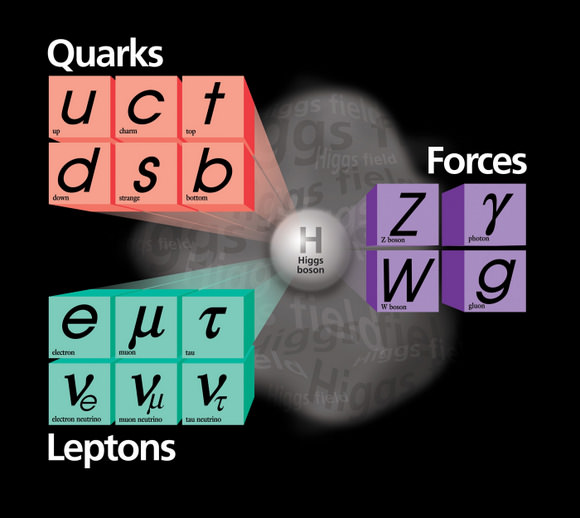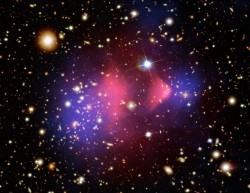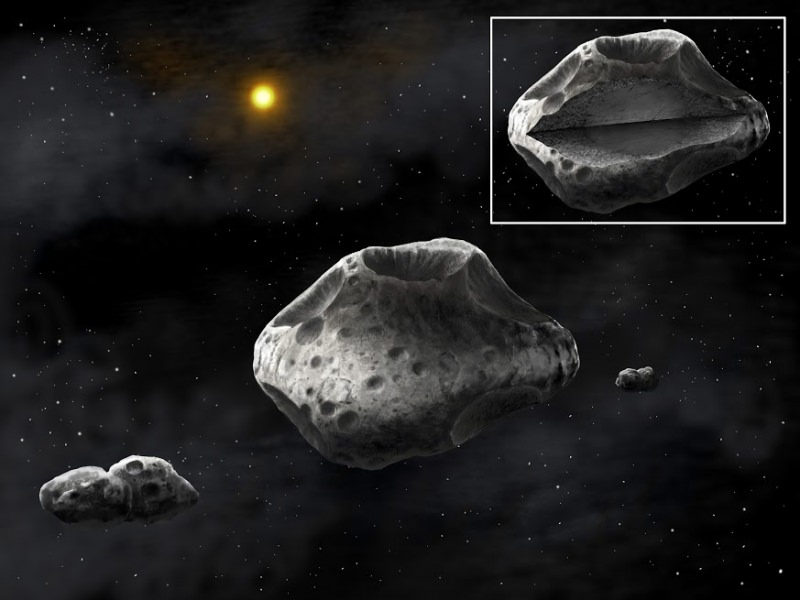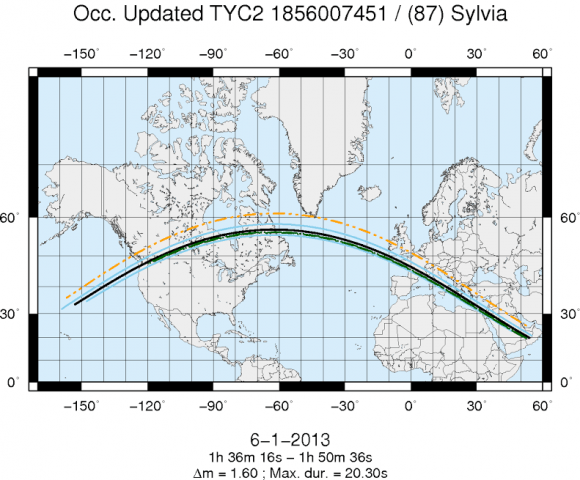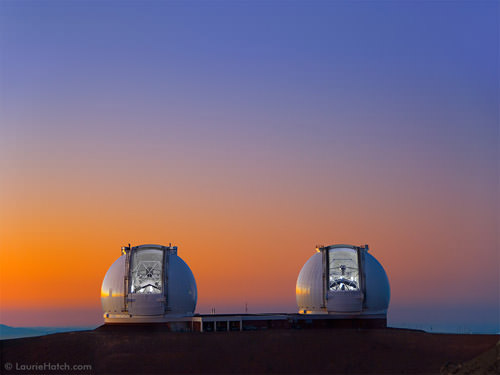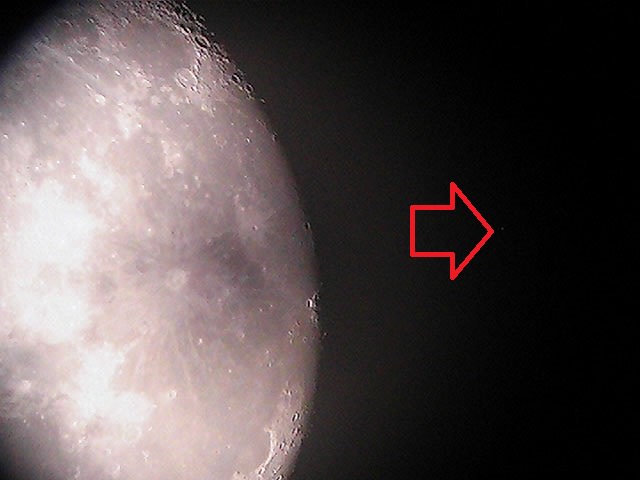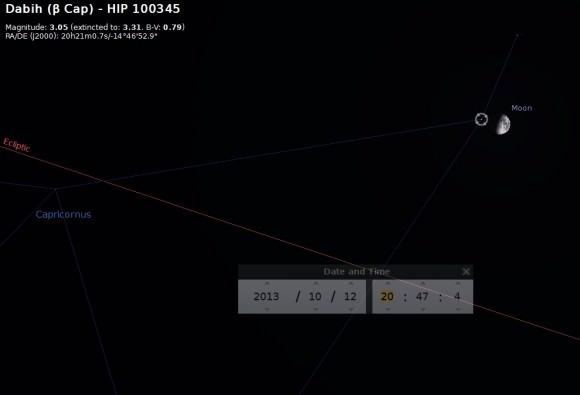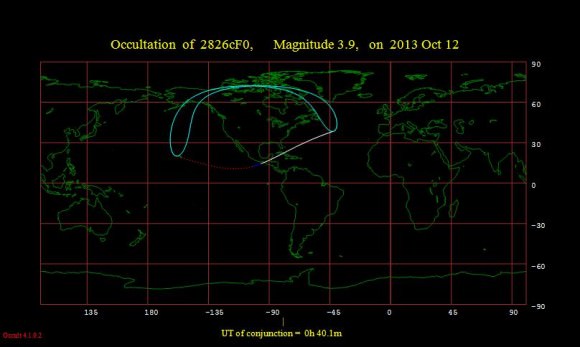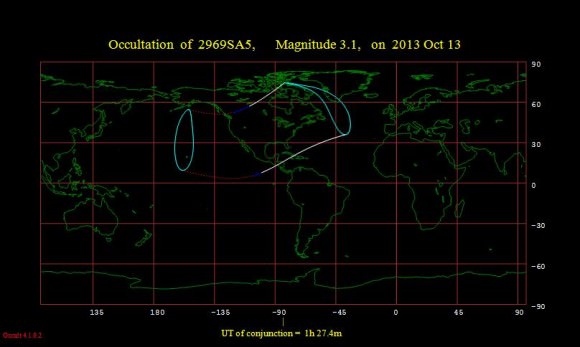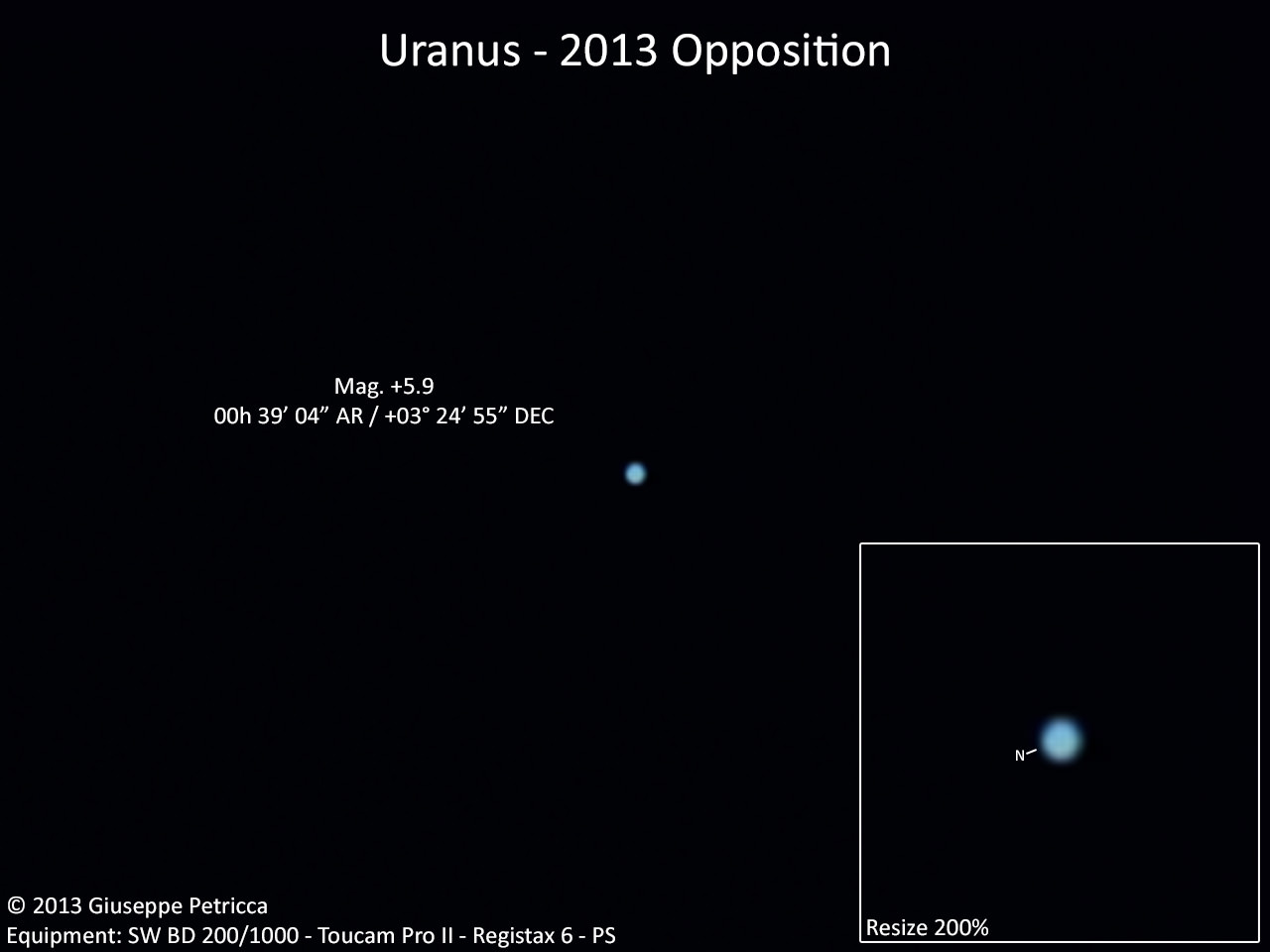“That’s no moon…”
-B. Kenobi
But in this case, it is… a lost moon of Neptune not seen since its discovery in the late 1980’s.
A new announcement from the 45th Meeting of the Division for Planetary Sciences of the American Astronomical Society being held this week in Denver, Colorado revealed the recovery of a moon of Neptune that was only briefly glimpsed during the 1989 flyby of Voyager 2.
The re-discovery Naiad, the innermost moon of Neptune, was done by applying new processing techniques to archival Hubble images and was announced today by Mark Showalter of the SETI institute.
Collaborators on the project included Robert French, also from the SETI Institute, Dr. Imke de Pater of UC Berkeley, and Dr. Jack Lissauer of the NASA Ames Research Center.
The findings were a tour-de-force of new techniques applied to old imagery, and combined the ground-based 10 meter Keck telescope in Hawaii as well as Hubble imagery stretching back to December 2004.
The chief difficulty in recovering the diminutive moon was its relative faintness and proximity to the “dazzling” disk of Neptune. At roughly 100 kilometres in diameter and an apparent magnitude of +23.9, Naiad is over a million times fainter than +8th magnitude Neptune. It’s also the innermost of Neptune’s 14 known moons, and orbits once every 7 hours just 23,500 kilometres above the planet’s cloud tops. Neptune itself is about 49,000 kilometres in diameter, and only appears 2.3” in size from Earth. From our Earthly vantage point, Naiad only strays about arc second from the disk of Neptune, a tiny separation.
“Naiad has been an elusive target ever since Voyager left the Neptune system,” Showalter said in a recent SETI Institute press release. Voyager 2 has, to date, been the only mission to explore Uranus and Neptune.
To catch sight of the elusive inner moon, Showalter and team applied new analyzing techniques which filtered for glare and image artifacts that tend to “spill over” from behind the artificially occulted disk of Neptune.
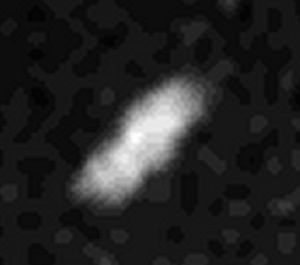
Other moons, such as Galatea and Thalassa — which were also discovered during the 1989 Voyager 2 flyby — are also seen in the new images. In fact, the technique was also used to uncover the as of yet unnamed moon of Neptune, S/2004 N1 which was revealed earlier this year.
Naiad is named after the band of nymphs in Greek mythology who inhabited freshwater streams and ponds. The Naiads differed from the saltwater-loving Nereids of mythology fame, after which another moon of Neptune discovered by Gerard Kuiper in 1949 was named.
It’s also intriguing to note that Naiad was discovered in a significantly different position in its orbit than expected. Clearly, its motion is complex due to its interactions with Neptune’s other moons.
“We don’t quite have enough observations to establish a refined orbit,” Mr. Showalter told Universe Today, noting that there may still be some tantalizing clues waiting to be uncovered from the data.
I know the burning question you have, and we had as well during the initial announcement today. Is it REALLY Naiad, or another unknown moon? Showalter notes that this possibility is unlikely, as both objects seen in the Hubble and Voyager data are the same brightness and moving in the same orbit. To invoke Occam’s razor, the simplest solution— that both sightings are one in the same object —is the most likely.
“Naiad is well inside Neptune’s Roche Limit, like many moons in the solar system,” Mr. Showalter also told Universe Today. Naiad is also well below synchronous orbit, and is likely subject to tidal deceleration and may one day become a shiny new ring about the planet.

And speaking of which, the tenuous rings of Neptune have also evolved noticeably since the 1989 Voyager flyby. First discovered from the ESO La Silla Observatory in 1984, data using the new techniques show that the knotted ring segments named the Adams and Le Verrier have been fading noticeably.
“In a decade or two, we may see an ‘arc-less’ ring,” Showalter noted during today’s Division for Planetary Sciences press conference. The two ring segments observed are named after Urbain Le Verrier and John Couch Adams, who both calculated the position of Neptune due to orbital perturbations of the position of Uranus. Le Verrier beat Adams to the punch, and Neptune was first sighted from the Berlin Observatory on the night of September 23rd, 1846. Observers of the day were lucky that both planets had undergone a close passage just decades prior, or Neptune may have gone unnoticed for considerably longer.
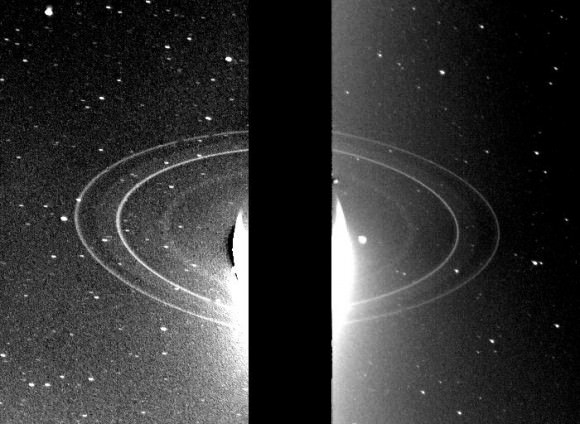
Neptune has completed just over one 164.8 year orbit since its discovery. It also just passed opposition this summer, and is currently a fine telescopic object in the constellation Aquarius.
Unfortunately, there aren’t any plans for a dedicated Neptune mission in the future. New Horizons will cross the orbit of Neptune in August 2014, though it’s headed in the direction of Pluto, which is currently in northern Sagittarius. New Horizons was launched in early 2006, which gives you some idea of just how long a “Neptune Orbiter” would take to reach the outermost ice giant, given today’s technology.
This represents the first time that Naiad has been imaged from the vicinity of Earth, and demonstrates a new processing technique capable of revealing new objects in old Hubble data.
“We keep discovering new ways to push the limit of what information can be gleaned from Hubble’s vast collection of planetary images,” Showalter said in the SETI press release.
Congrats to Showalter and team on the exciting recovery… what other moons, both old and new, lurk in the archives waiting to be uncovered?
– Read today’s SETI Institute press release on the recovery of Naiad.
-Be sure to follow all the action at the 45th DPS conference in Denver this week!

